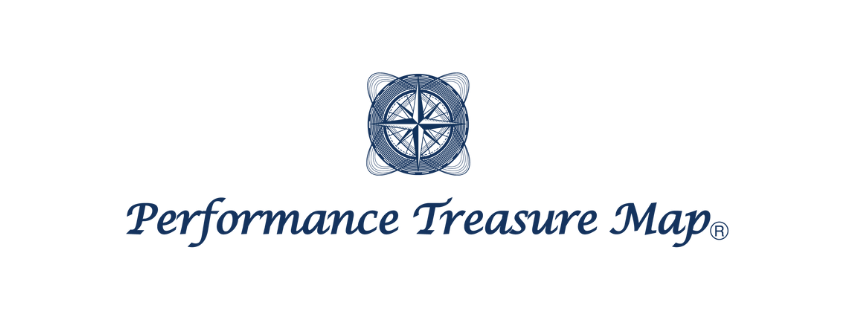I would like to give an overview of the squat of the Original K-Map (hereafter referred to as K-Map). This in-depth exploration of subdivided factors and elements, such as squatting, is one of the characteristics of the Performance Treasure Map, which is “devotional power”.
Squatting with a purpose
Let me ask one quick question.

What do you imagine when you hear the words “proper squatting”?
Squatting without knees forward or inward? Squats that use the hips? Squats with chest out?
While the squat may be unified in safe squatting, the correct squat can be shaped according to the “treasure” one wishes to acquire.
By grasping the big picture as described above, you can approach your training with a clear purpose, even for different types of squats.
Types of Squats in K-Map
K-Map squats are divided into two main categories: orthodocs and variations.
☑ Back squat, front squat, and wide squat
☑ Difference in “shaft placement” or “foot width (stance)”
☑ Changing the position of the shaft changes the moment arm (load) on each joint.
☑ Changing the width of the foot changes the muscle being stretched.
☑ Handle weight as a mid-range discipline
☑ Currently 6 variations
☑ Disciplines based on orthodox
☑ More difficult and intense than orthodox (unilateral and jumping events)
☑ Become more similar to competition movements.
The K-Map clearly indicates, for each of the above disciplines, what is “obtainable” when it is performed.
Components of the Squat
First, an understanding of what is needed is necessary.
This is because this understanding allows us to ensure safety and conduct training more efficiently.
The three components for squat implementation in K-Map are as follows.
Range of Motion
Muscle function
Technique
The training events are also tied to it with gradations (some video provided).
The lower limbs of the orthodox “back squat” will be used as an example.
Range of Motion
Understanding the three joints that are important in the range of motion of the lower extremity
☑ Normal inhibition of hip extensor muscle groups for hip flexion range of motion (flexibility)
☑ Normal inhibition of knee extensor muscle groups for range of motion of knee flexion (flexibility)
☑ Normal inhibition of ankle plantar flexor muscle groups for dorsiflexion range of motion of the ankle joint (flexibility)
Because squats are a CKC exercise, it requires not only the acquisition of muscle flexibility, but also the maintenance of proper muscle length (centrifugal contraction).
Furthermore, in the upper extremities, mobility of the thoracic spine and scapulohumeral joints is an important factor.
The K-map shows how to obtain these mobility skills (training events), and shows the connections between them.
Muscle function
Main muscle function of the limb
☑ Hip and knee extensor muscle groups act as the primary muscles
☑ Control of hip rotation in the bottom position
☑ Intrinsic receptors for SSC and plantar biofeedback in hip and knee extensor muscle groups

Especially since muscle function is closely related not only to the lower extremities, but also to the upper extremities and trunk, which must be observed in an integrated manner during training!
Technique
I would like to introduce the technique in the back squat below.
☑ Three Joints Work Together
The hip, knee, and ankle joints must move together during all phases of the squat.
☑ Hip Drive
This technique provides explosive propulsion (vertical in the squat) through hip extension.
☑ Posture with the Packing Shoulder
The position of the shoulder blades for proper extension of the thoracic spine; this posture reduces the stress on the lumbar region.
☑ Power Line
Matching the leaned forward angle of the torso with the angle of the shin will be the form that facilitates the exertion of power.

Mostly the technique is also used for coaching cues during the squatting motion!
What do you perform the squat for?what do we need for squatting?
Many studies have shown that the squat improves jumping ability, as well as sprinting and change of direction ability.
K-map digs deep into each type of squat to enable the following.
By understanding what can be gained by doing each squat, it is possible to
properly select and deliver the type of squat.
By digging deep into what it takes to do each squat, you can plan your training sessions in a step-by-step and logical manner.

Even as a principle of concentration, if you are going to put your athletes through a hard workout, it would be better to communicate the significance and meaning of that workout in a way that’s easy to understand!

This post is also available in ja.


